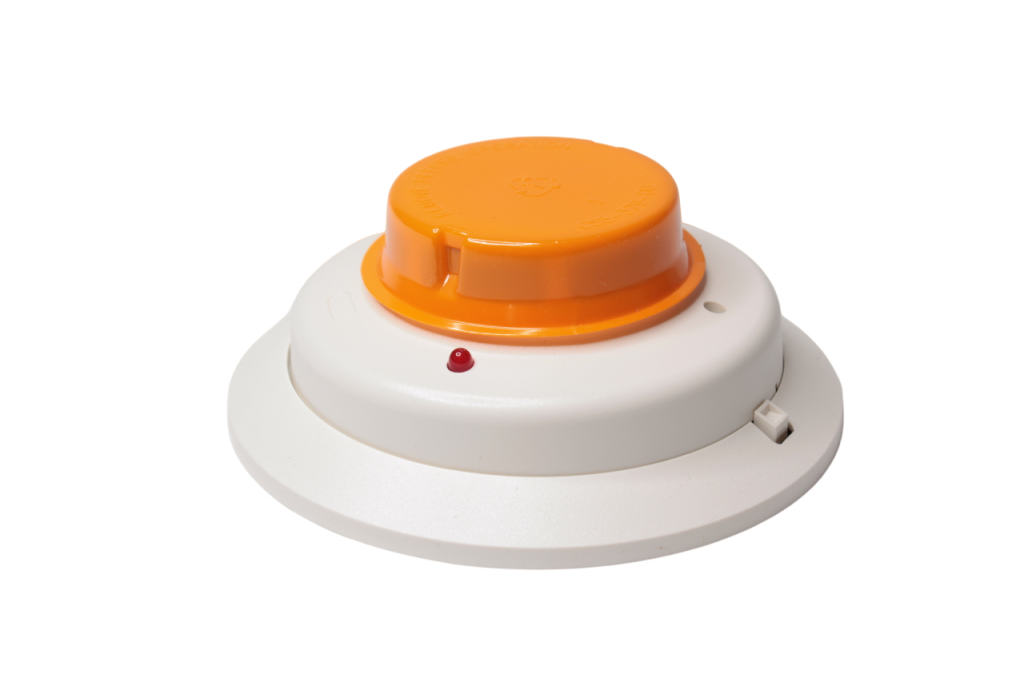Maintaining carbon monoxide (CO) alarms in your home is crucial to ensure the safety of your household members. CO alarms are essential for detecting this odorless, colorless gas that can be deadly when inhaled.
Carbon Monoxide Alarm Maintenance
1. Regular Testing:
- Frequency: Test your CO alarms at least once a month to verify their functionality.
- Testing Process: Press the “Test” button on the alarm to ensure that the alarm sounds loudly.
2. Battery Replacement:
- Frequency: Replace batteries in your CO alarms at least once a year, even if they still appear to be functioning.
- Battery Type: Use high-quality, long-lasting batteries like lithium or alkaline.
- Change Prompt: Replace batteries immediately when you hear the low-battery warning chirp.
3. Cleaning and Dust Removal:
- Frequency: Clean CO alarms every six months or when visibly dirty.
- Cleaning Process: Use a vacuum cleaner attachment or a can of compressed air to remove dust, dirt, and cobwebs from the alarm’s sensors and vents.
- Avoid Obstructions: Ensure that CO alarms are not obstructed by furniture, curtains, or other objects that can impede their ability to detect CO.
- Same as with Smoke Detectors

4. Sensor Replacement:
- Lifespan: CO alarms have a limited lifespan, usually around 5-7 years. Replace the entire unit when it reaches the end of its recommended life.
- Manufacture Date: Check the manufacture date on the back of the alarm to determine its age.
5. Professional Inspection:
- Maintenance Service: Consider having a professional technician inspect your CO alarms periodically to ensure they are in proper working condition and compliant with local regulations.
6. Alarm Placement:
- Proper Installation: Install CO alarms on every level of your home and near sleeping areas. Follow manufacturer guidelines for placement.
- Additional Locations: Consider placing CO alarms near fuel-burning appliances such as furnaces, water heaters, and fireplaces.
7. Carbon Monoxide Source Maintenance:
- Regular Appliance Maintenance: Ensure that all fuel-burning appliances in your home are properly maintained and serviced by qualified professionals.
- Ventilation: Maintain adequate ventilation in areas with fuel-burning appliances to prevent CO buildup.
8. Safety Measures:
- Educate Household Members: Teach everyone in your household about the dangers of CO and the importance of responding to CO alarm signals.
- Emergency Response: Create and regularly review a CO safety plan with your household members. Establish a designated meeting place outside the home in case of a CO alarm activation.
Regular maintenance and testing of CO alarms are essential to protect your family from the potentially lethal effects of carbon monoxide exposure. A well-maintained CO alarm can provide early warnings, allowing you to take immediate action and seek assistance in the event of a CO leak or buildup in your home.
‘https://www.houseofgranite.com/’, ‘https://www.granitecountertopchicago.com/’, ‘https://www.hardwoodchicago.com/’, ‘https://www.chicago-kitchen-remodeling.com/’, ‘https://www.chicagoremodelingcompany.com/’, ‘https://www.chicago-windows-replacement.com/’, ‘https://www.chicago-basement-remodeling.com/’, ‘https://www.houseofgranite.com/’,